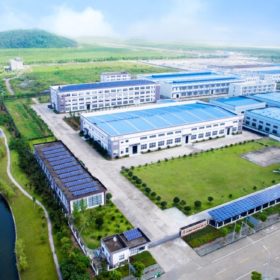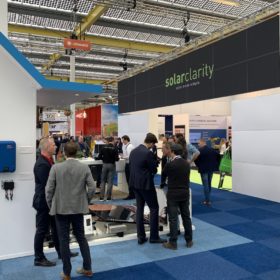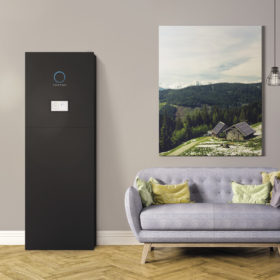Four takeaways from Solarex
All the fundamentals are in place for Turkey to be a leading light in solar but an all-too-familiar lack of policy certainty, coupled with a troubled macroeconomic backdrop, mean the nation is still unable to realize its PV potential.
Ginlong plans capacity expansion
After listing shares on the Shenzhen Stock Exchange last week, Chinese inverter maker Ginlong now plans to increase its production capacity in the 2019-20 period. The company also plans to develop marketing networks and R&D centers in multiple overseas markets.
SMA posts €175 million loss for 2018
The German inverter producer’s sales also fell significantly in the past financial year. With its cost reduction program, SMA is now eager to orchestrate a turnaround, but its first-quarter guidance still shows a sustained downward trend.
Sunny prospects for the Netherlands
The exhibition halls of the Solar Solutions Int. trade fair near Amsterdam are full and visitors seem optimistic. And for good reason, as 2 GW of PV capacity could be built in the Netherlands this year — a solid 40% jump on last year’s installations.
French regulator proposes tightening up controversial carbon footprint rules
In a report which states utility-scale PV project development in France can cost as little as €600 per installed kilowatt, the CRE has made recommendations including factoring in transport and full supply chain costs into the calculation of how environmentally friendly solar panels are.
The weekend read: A battery and inverter powerhouse
In December, pv magazine met SolaX Power president Li Xinfu and his team at the company’s headquarters in sprawling Hangzhou, in Zhejiang province. The region is a hotspot for the Chinese PV industry and SolaX belongs to the cutting edge of Chinese inverter and residential battery manufacturers.
SolarPower Europe’s industrial strategy is almost ready
At the Solar Power Summit in Brussels today, the industry group said it is preparing to launch a supply-side oriented industrial policy for the PV sector in Europe. The manufacturing sector on the continent has been hard hit since 2012, and has been buffeted by a range of unfavorable policy decisions.
Spain’s Genera event dominated by PV as it draws the crowds
Spain’s most important renewable energy fair is becoming increasingly about solar. After a decade of slim pickings, last year’s event promised better times and, if this year’s show didn’t completely deliver, that’s because elections loom large.
Analysis: Siemens’ entry into distributed generation works for Kaco too
Having launched a residential storage system, the German giant announced plans last week to acquire inverter maker Kaco and start a new smart infrastructure business from April 1. In light of those moves, pv magazine spoke to IHS Markit’s Cormac Gilligan about the new kid, albeit huge, on the block.
The weekend read: Just look who is closing ranks!
Owners of residential PV systems increasingly want more features. Virtual power plants, smart EV charging and self-consumption measured by ever higher percentages of self-sufficiency have been buzzwords in the industry. The result has been a new breed of smart bidirectional inverters, sometimes dubbed hybrid inverters. And with utilities having found business models that also work out in their favor, could a new dawn of residential installations rise over the world of suburbia?










